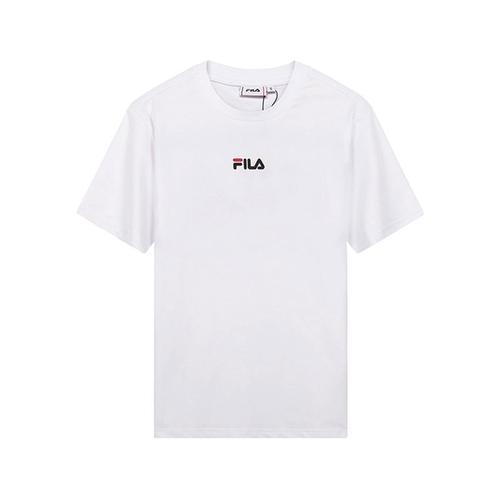To identify fabric quality and authentic and fake fabrics, you need to pay attention to the following aspects:
1. Touch: High-quality fabrics usually feel soft, comfortable and delicate to the touch. Low-quality fabrics often feel rough, stiff, or tingling to the touch. You can gently hold a small piece of fabric with your hands to observe its softness and comfort.
2. Gloss: High-quality fabrics have a natural and soft luster, not too shiny or dull. Low-quality fabrics often have uneven luster or a stiff sheen. You can carefully observe the fabric under light to determine whether its luster is natural.
3. Thickness and density: Good fabrics usually have high yarn density and moderate thickness. The yarns on the fabric should be tight and flat. Inferior fabrics often have sparse yarns, soft fabrics, and even breaks and missing yarns. You can carefully observe the texture of the fabric and the density of the yarn with your eyes.
4. Elasticity and resilience: High-quality fabrics have good elasticity and resilience and can naturally return to their original shape. You can gently stretch a small piece of fabric to see if it rebounds quickly and recovers well.
5. Cleaning and maintenance: The cleaning and maintenance methods of fabrics can also indirectly reflect their quality. Some low-quality fabrics are prone to fading, deformation or pilling. It is recommended to understand the cleaning and maintenance requirements of the fabric before purchasing, and conduct corresponding tests to ensure its quality.
In addition, understanding the ingredient information in the fabric label is also an important way to identify the authenticity of the fabric. Legal goods should have accurate ingredient labeling, including fiber content and processing methods. If the fabric composition does not match the label, it is likely to be a fake fabric.






